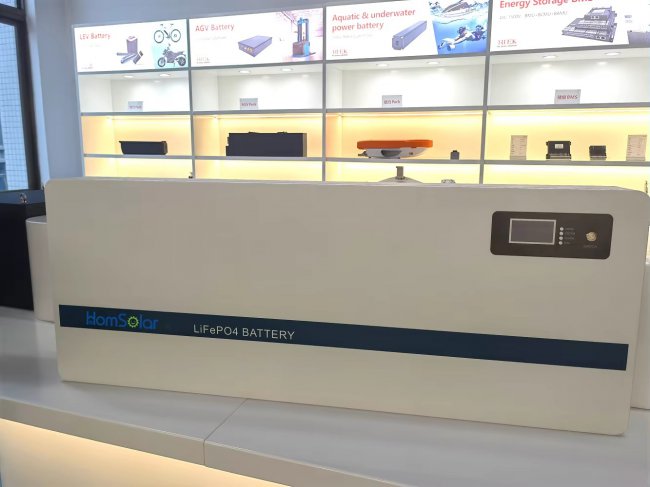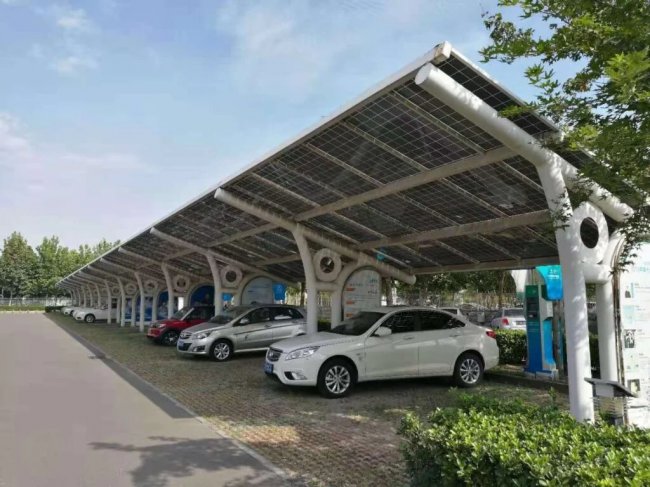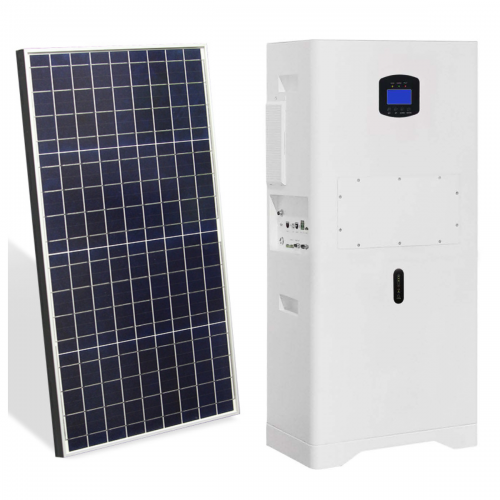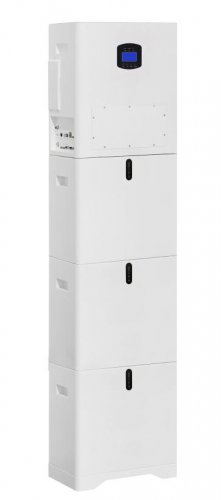Advances In Electric Vehicles: Breakthroughs In Battery Technology, Autonomous Integration, And Sustainable Mobility
The global transition toward electric vehicles (EVs) is accelerating at an unprecedented pace, driven by stringent emission regulations, advancements in core technologies, and shifting consumer preferences. The research landscape is evolving rapidly, moving beyond mere vehicle electrification to encompass a holistic reimagining of transportation systems. Recent progress has been particularly significant in three critical areas: next-generation battery chemistries, the integration of autonomous driving systems, and the development of supportive infrastructure and circular economy models.
The most pivotal area of innovation remains energy storage. While lithium-ion batteries continue to dominate, their limitations in energy density, cost, charging speed, and reliance on critical materials like cobalt and nickel have spurred intensive research into alternatives. Solid-state batteries (SSBs) represent the most promising near-future breakthrough. By replacing the flammable liquid electrolyte with a solid ceramic or polymer electrolyte, SSBs offer dramatically higher energy density, improved safety, and faster charging capabilities. Toyota and QuantumScape have reported prototype cells capable of achieving 80% charge in 15 minutes and extending driving ranges beyond 1,000 km on a single charge (Placke et al., 2022). However, challenges in manufacturing scalability and ensuring long-term durability at competitive costs remain active areas of investigation.
Parallel to SSBs, sodium-ion (Na-ion) battery technology has emerged as a viable, less expensive alternative for specific market segments. Companies like CATL and research institutions are commercializing Na-ion batteries, which eliminate the need for lithium and cobalt, offering superior performance in cold climates and enhanced safety. Although their energy density is currently lower than that of advanced lithium-ion, they are ideally suited for lower-range urban vehicles and stationary energy storage, thereby diversifying the battery supply chain and reducing geopolitical dependencies (Hirsh, 2023). Furthermore, research into silicon-anode and lithium-sulfur chemistries continues to progress, promising further leaps in energy capacity in the coming decade.
Beyond the battery cell itself, the intelligence governing its use is also advancing. AI-powered battery management systems (BMS) are now capable of performing real-time diagnostics and predictive health monitoring. These systems use machine learning algorithms to analyze operational data, predicting potential failures and optimizing charging protocols to extend the battery's lifecycle by up to 20% (Dubarry et al., 2020). This digital twin approach to battery health is crucial for ensuring longevity and reliability, directly impacting the total cost of ownership for consumers.
The second major frontier is the convergence of electrification and automation. EVs, with their by-wire architectures and advanced software-defined platforms, provide an ideal foundation for autonomous driving (AD) systems. The synergy between these technologies is profound: autonomous driving algorithms can be optimized to minimize energy consumption through efficient route planning, predictive driving styles, and vehicle-to-everything (V2X) communication. Research from the University of Michigan demonstrates that coordinated platooning of autonomous EVs can reduce aerodynamic drag and improve energy efficiency by over 10% for trailing vehicles (Gawron et al., 2021). Moreover, the advent of autonomous electric taxis and ride-sharing fleets promises to maximize vehicle utilization rates, a critical factor in offsetting the embedded environmental cost of battery production and creating a more efficient mobility-as-a-service (MaaS) ecosystem.
Finally, the sustainability of the entire EV lifecycle is under intense scrutiny, prompting advances in recycling and infrastructure. The development of direct recycling techniques, which aim to recover and regenerate cathode materials without fully breaking them down, shows great potential for reducing energy consumption and waste compared to traditional hydrometallurgical processes (Fan et al., 2020). On the the infrastructure front, smart charging and bidirectional charging (V2G - Vehicle-to-Grid) are transitioning from pilot projects to commercialization. V2G technology allows EVs to act as distributed energy resources, stabilizing the grid during peak demand and enabling the integration of more renewable energy sources. This transforms the EV fleet from a mere energy consumer into a vital component of a resilient and decentralized smart grid.
Looking to the future, the trajectory of EV development is clear. The next five years will be defined by the commercialization of solid-state batteries and the maturation of a robust battery recycling industry. We will witness the deeper integration of AI, not only in autonomous driving but also in optimizing every aspect of the vehicle's performance and energy use. The concept of a truly sustainable EV will expand to include design-for-recycling principles and a greater emphasis on ethical and local sourcing of materials.
In conclusion, the evolution of electric vehicles is no longer just about replacing the internal combustion engine. It is a multidisciplinary endeavor pushing the boundaries of materials science, artificial intelligence, and energy systems integration. The latest research breakthroughs are paving the way for EVs that are not only cleaner and more efficient but also smarter and more deeply integrated into our digital and energy lives, ultimately heralding a new era of sustainable and intelligent transportation.
References
Dubarry, M., Beck, D., & Truchot, C. (2020). State of health estimation for lithium-ion batteries based on an improved coulomb counting method.Journal of Power Sources, 479, 228708.
Fan, E., Li, L., Wang, Z., Lin, J., Huang, Y., Yao, Y., ... & Wu, F. (2020). Sustainable recycling technology for Li-ion batteries and beyond: challenges and future prospects.Chemical Reviews, 120(14), 7020-7063.
Gawron, J. H., Keoleian, G. A., & De Kleine, R. D. (2021). Life cycle assessment of connected and automated vehicles: Sensing and computing subsystem and vehicle level effects.Environmental Science & Technology, 55(5), 3240-3251.
Hirsh, H. S. (2023). The promise and challenge of sodium-ion batteries.Joule, 7(2), 284-287.
Placke, T., Kloepsch, R., Dühnen, S., & Winter, M. (2022). Solid-state batteries: From fundamental research to industrial applications.Nature Reviews Materials, 7(5), 389-405.
Customized/OEM/ODM Service
HomSolar Supports Lifepo4 battery pack customization/OEM/ODM service, welcome to contact us and tell us your needs.


HomSolar: Your One-stop LiFePO4 Battery Pack & ESS Solution Manufacturer
Our line of LiFePO4 (LFP) batteries offer a solution to demanding applications that require a lighter weight, longer life, and higher capacity battery. Features include advanced battery management systems (BMS), Bluetooth® communication and active intelligent monitoring.

Customised Lithium Iron Phosphate Battery Casing
ABS plastic housing, aluminium housing, stainless steel housing and iron housing are available, and can also be designed and customised according to your needs.

HomSolar Smart BMS
Intelligent Battery Management System for HomSolar Energy Storage System. Bluetooth, temperature sensor, LCD display, CAN interface, UART interface also available.


Terminals & Plugs Can Be Customized
A wide range of terminals and plugs can be customised to suit the application needs of your battery products.

Well-designed Solutions for Energy Storage Systems
We will design the perfect energy storage system solution according to your needs, so that you can easily solve the specific industry applications of battery products.



About Our Battery Cells
Our energy storage system products use brand new grade A LiFePO4 cells with a battery lifespan of more than 4,000 charge/discharge cycles.



Applications in Different Industries
We supply customized & OEM battery pack, assemble cells with wiring, fuse and plastic cover, all the cell wires connected to PCB plug or built BMS.
Applications: E-bike, Electric Scooter, Golf Carts, RV, Electric Wheelchair, Electric Tools, Robot Cleaner, Robot Sweeper, Solar Energy Storage System, Emergency Light, Solar Power Light, Medical Equipment, UPS Backup Power Supply.
We can provide you with customized services. We have the ability to provide a vertical supply chain, from single cells to pack/module and to a complete power solution with BMS, etc.


HomSolar (Shenzhen) Technology Co., Ltd
























